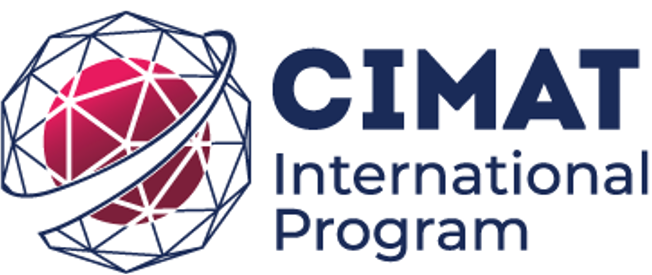| COURSE DESCRIPTION |
Differential geometry uses the tools of multivariate calculus (and linear algebra) to study the “geometry” of non-linear spaces. Roughly speaking, the aim is to study and understand the possible shapes of curves and surfaces in space. Soon enough, a new concept (absent from Euclidean geometry) emerges: curvature; a good part of the course will be devoted to understanding this through examples and classical results. The first part of the course studies curves, both in the plane and in 3-space, while the second part focuses on the geometry of surfaces in R3. Throughout the course, we will utilize the computer software package SageMath, both to make long or tedious computations easier and to gain visual intuition. The course is complemented with examples that show how the mathematics being learned can be used to solve applied problems from different sources. In addition, the last topic of the course will be an introduction to quaternion arithmetic and how to use this formalism to understand rigid transformations of the space and applications to mechanics and robotics. The goal of this course is for students to achieve a working intuition of the geometry of curves and surfaces (through theorems, examples, the use of visualization tools and applications), that have wide applicability. Prerequisites In addition to the common requirements, a first course in ordinary differential equations is recommended.
The 2024 Syllabus of the course. |
| COURSE GOALS |
On completion of the course, students will:
|
| COURSE CONTENT |
1. Curves (5 weeks) Curves in the plane and space; local theory; global results; applications: involute gears, ribbons and supercoiling of DNA. 2. Surfaces in 3-space (7 weeks) Parametrized surfaces; first fundamental form (the metric); examples; Gauss map, curvature; ruled and developable surfaces; intrinsic geometry, parallel transport and geodesics; global results, Gauss-Bonnet theorem; applications: hyperboloid gears, an industrial packing problem, rigid body motions, maps (or why is it difficult to paper wrap a ball). 3. Quaternions (2 weeks) Quaternions, rotations, mechanics and applications to robotics.
Bibliography
Support Sessions 2 hours per week with a teaching assistant Grading There will be weekly homework counting for 20% of the final grade. The other 80% will be distributed between two midterm exams (20% each) and a final exam (40%) |


